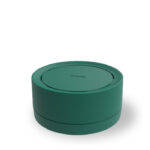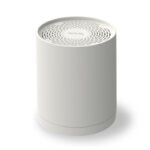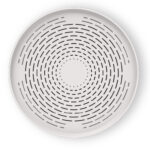Origins of radon gas: where it comes from and how it was discovered
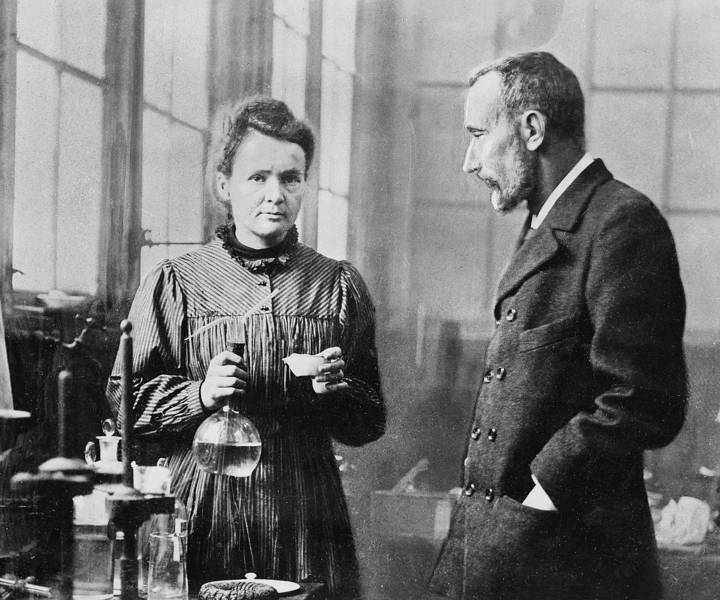
The dangerousness of radon gas
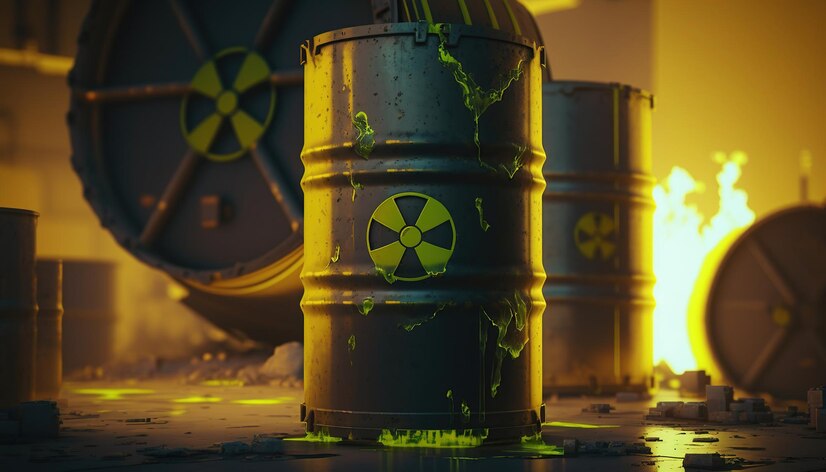
Radon is a naturally occurring radioactive noble gas found throughout the earth’s crust. Dispersed in the atmosphere, it is harmless, but when it takes over indoor environments it can reach high concentrations posing a serious danger to occupants who breathe it.
The World Health Organization estimates that radon is the second leading cause of lung cancer and ranks it in Group 1 of carcinogens, the highest level.
1000 B.C. – Cappadocia, Egypt
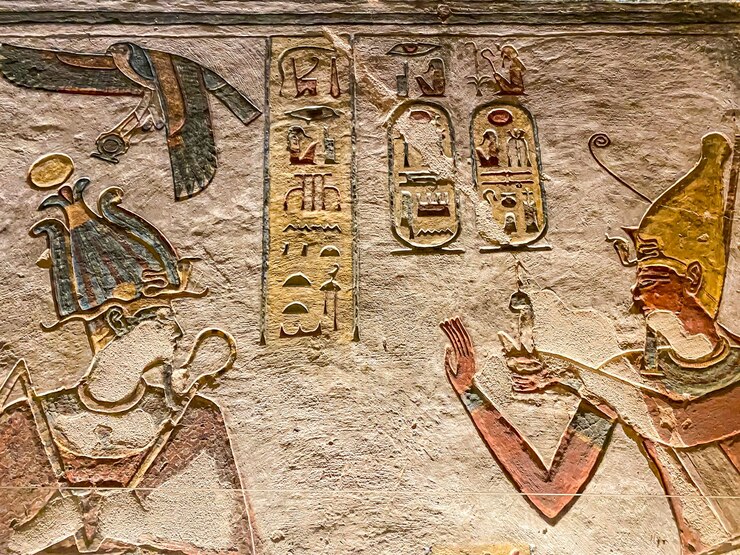
Una mortalità precoce è stata osservata nell’antichità dalla popolazione egizia (circa 1000 A.C.) e in particolare nelle abitazioni sotterranee nella Cappadocia ma il nesso tra esalazioni nocive e cancro polmonare ha una risposta solo nella prima metà del ventesimo secolo.
1470, – Schneeberg, Sassonia

Early mortality was observed in antiquity by the Egyptian population (about 1000 B.C.) and particularly in underground dwellings in Cappadocia but the link between noxious fumes and lung cancer is answered only in the first half of the 20th century.
In the late 1800s
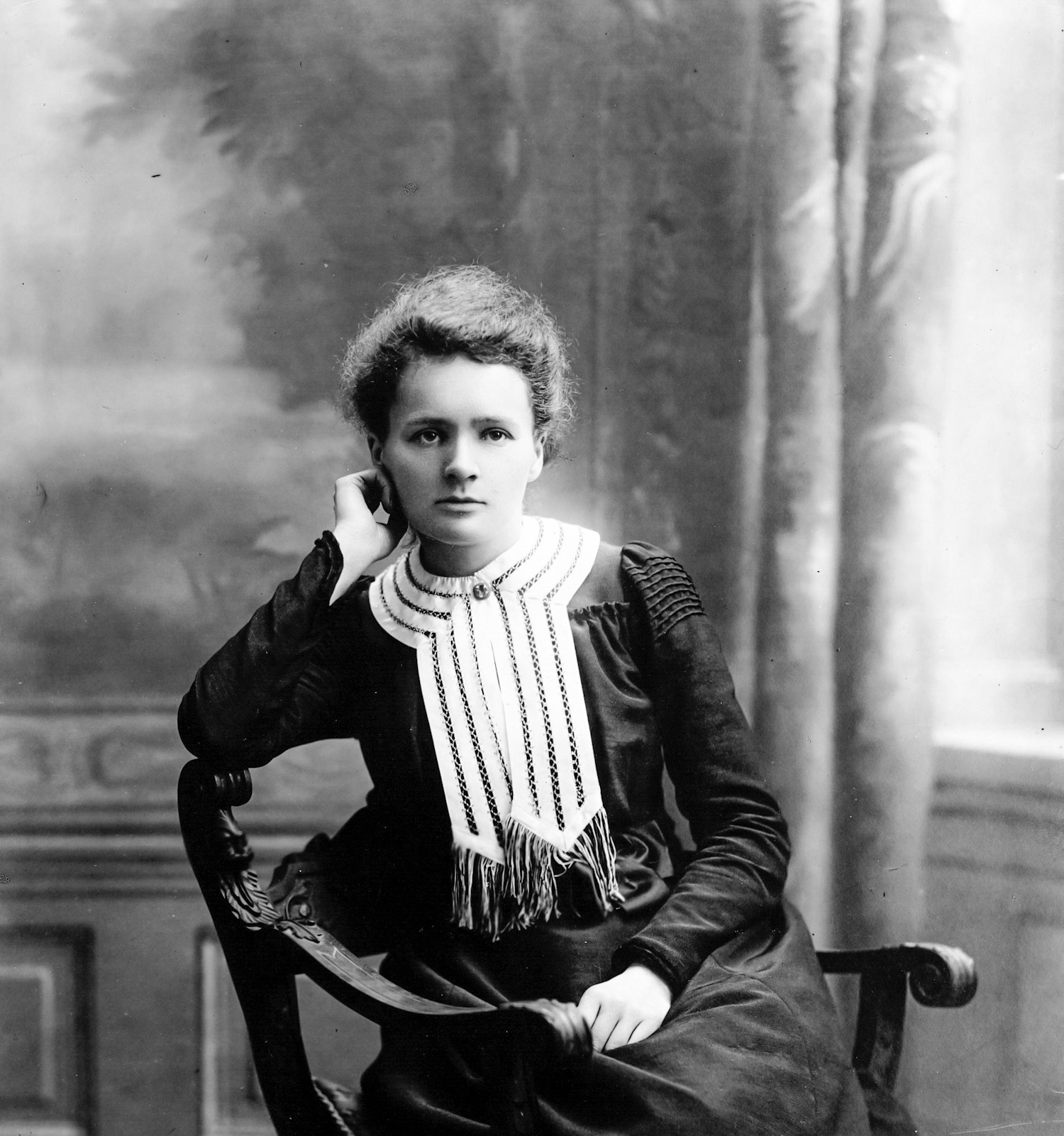
In 1898 Marie and Pierre Curie, two French physicists, identified radium (Ra226) in minerals from Saxony.
Radium, later called radon (Rn222), was classified as a radioactive noble gas produced by the decay of uranium.
Thanks to this discovery, the Curie couple won the Nobel Prize in Chemistry in 1911.
1936 – Germany
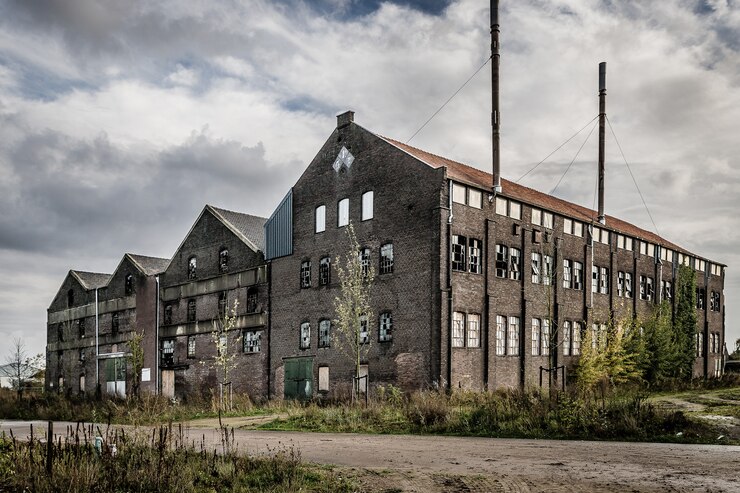
E. Müller, un dirigente minerario della Sassonia, fu il primo a individuare il nesso causale, arrivando alla conclusione che il cancro polmonare di Schneeberg fosse una particolare malattia professionale, causata dal radon contenuto nelle rocce presente ad alte concentrazioni nell’aria delle miniere, il quale, una volta inalato, innescava un processo di cancerogenesi nelle vie respiratorie.
Nel 1936 Rajewsky, uno dei più influenti biofisici tedeschi, avviò un programma di ricerca in Germania in cui fornì nuovi chiarimenti sul nesso tra concentrazione di Radon e cancro polmonare.
Questo studio comportava misurazioni nelle miniere e analisi istologiche sui tessuti polmonari di minatori deceduti per cancro polmonare.
Al termine dei suoi studi, Rajewsky confermò che nelle miniere di Schneeberg l’elevata frequenza di tumore polmonare tra i minatori fu una probabile causa dell’inalazione di Radon.
A quel tempo, la concentrazione media del Radon nella maggior parte delle miniere di Schneeberg era di 70 – 120.000 Bq/m3.
Poichè molti dei minatori erano morti di cancro polmonare in quella miniera, fu chiamata “Miniera della morte”.
1940 – Intensive Mining and Processing of Uranium for Military Purposes
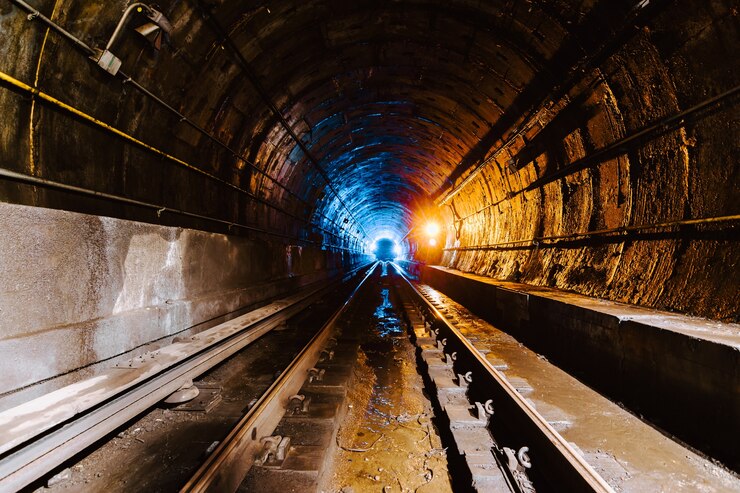
Intensive mining and processing of uranium for military purposes began in 1940.
At this early stage little attention was paid to worker protection. Radon concentrations were thought to be significantly lower than in the old mines, and only a few measurements were taken.
In Colorado, no radon samples were taken until 1950, and in East Germany the earliest available data are after 1955.
In the following years, experimental studies on the deposition of Radon particles in the lungs were carried out at the University of Rochester and at the Max Planck Institut for Biophysics in Frankfurt am Main.
As a result of these studies, more reliable methods for monitoring radon gas exposure in mines were developed.
1950’s – United States of America

In the 1950s in the United States of America, the hypothesis of radon gas concentration in mines was increasingly supported by experts.
After monitoring and analyzing the exposure of miners to radon gas, this hypothesis was confirmed as a fact.
In comparison with mining situations, the possible influence of Radon on the risk of lung cancer for the population was discovered much more recently.
A few years later, thermal applications of Radon began.
1956 – Sweden
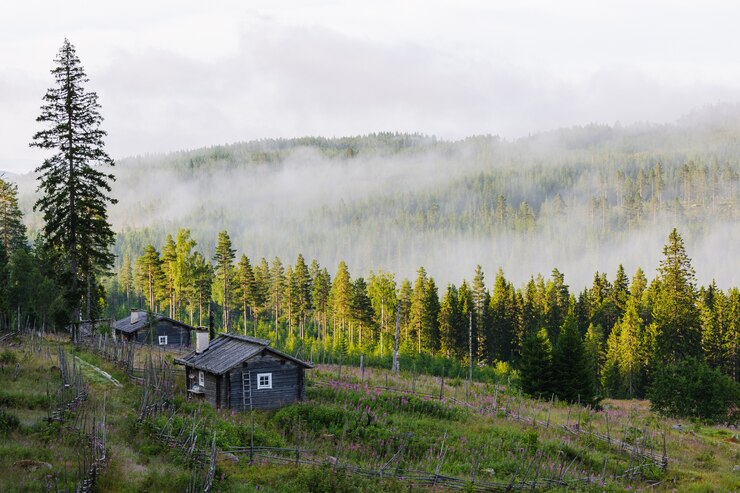
In 1956 the first indoor measurements were made and published, covering 225 Swedish homes.
These studies reported rather high levels of Radon in some homes built with a material with a high radium content.
This finding was given little international resonance, as it was considered a local Swedish problem.
Late 1970s

About two decades later, more extensive surveys were conducted in many countries.
These studies revealed extreme variability of radon in dwellings, ranging from a few Bq/m3 up to 100,000 Bq/m3.
It was recognized that in many homes the main culprit for high radon levels was not the building material but the convective flow of radon from underground.
This discovery proved to be of great importance for planning effective technical remediation measures.
Early 1990s
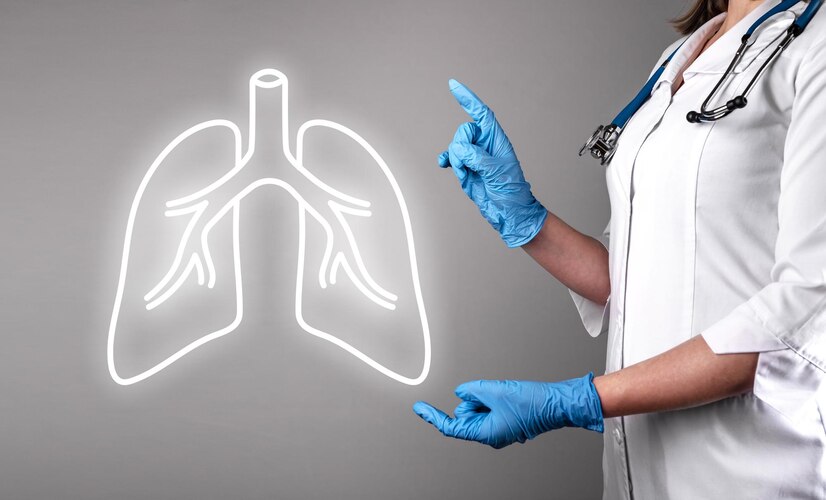
The International Commission on Radiological Protection (ICRP) emphasized the magnitude of the public health problem and made specific recommendations in 1993 publication number 65.
The hypothesis of a link between high radon concentrations and lung cancer was brought to the fore very early in the 20th century.
But the scientific and definitive demonstration of this link is very recent, and only in the last 10 years have we been able to say that radon is one of the biggest public health problems.
The EPA (Environmental Protection Agency) defines 4 pCi/L (picocuries per liter), or about 150 Bq/m3, as the limit above which it is advisable to consider radon reduction techniques.
The European Community has determined 200 Bq/m3 for new construction and 300 Bq/m3 for existing dwellings as the limit value to be adhered to, but these indications do not have the force of law and therefore the limits remain only a recommended guideline.
Today in Italy

In Italy, many of the homes surveyed on the national territory presented radon levels above the reference limit of 300 Bq/m3, a value set by Legislative Decree 101/2020. The average Radon concentration in our country is 77 Bq/mc, almost double the average world concentration level of 40 Bq/mc.
Despite this figure, public awareness is almost completely nonexistent.
Currently there are obligations in Italy only for workplaces, while for residential environments there are only the recommendations of the European Community.
According to the World Health Organization, 20,000 cases of lung cancer deaths in Europe each year are due to radon exposure.
In Italy, radon causes about 4,500 deaths a year and after tobacco smoking, this gas is the leading cause of lung cancer.

